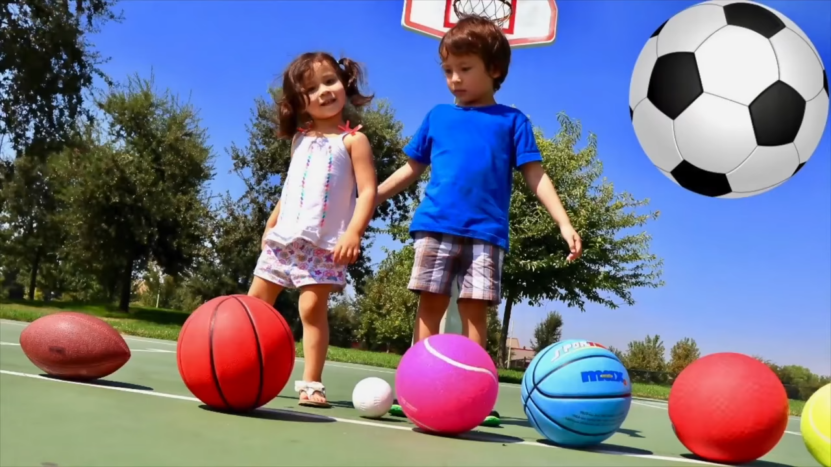Fun for You, Your Kids, and Your Pets
You don’t need to buy expensive toys and gadgets to enjoy quality time with your kids or pets. There’s tons of fun to be had for people and animals of all ages with a high-quality playground ball, and it can also be incredibly beneficial for developing coordination, motor skills, and other abilities. To help you get the most out of your playground ball, we’ve put together a list of fun new activities for you to try with your kids and/or pets – in addition to the ones you already know, like kickball, dodgeball, handball, etc.
For children under 3
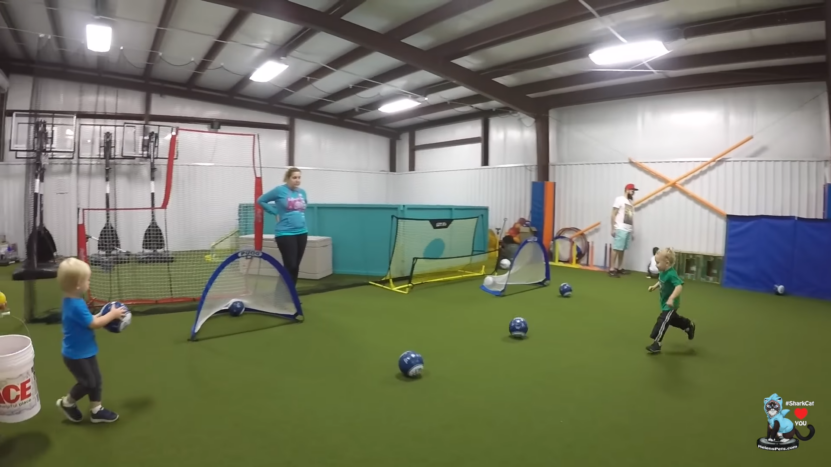
Simple Rolling: Roll your playground ball back and forth with your little munchkin as they sit in just one spot. This is a great way to work on balance and coordination for very young children.
For children over 3
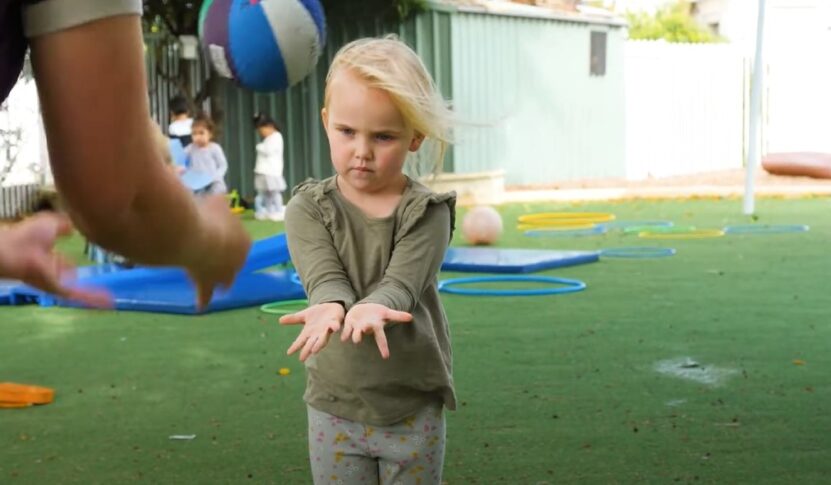
Solo Throw and Catch: Once your preschooler has the hang of rolling, you can model for them how to lightly throw the ball straight up in the air and catch it. For the first while, be prepared for the ball to go everywhere.
Kicking the Ball: Start by having your child kick a playground ball that is at rest first and once they are pros at stationary kicking, move on to them kicking a rolling ball. When beginning, roll the ball very slowly. As their skills progress, so can the speed that you roll. As with any activity, it’s fun to reverse rolls and have your little partner try to roll the ball for you to kick it, very gently, as well.
Bowling with Plastic Bottles: If you have empty two liter bottles, they can be combined with a playground ball for some impromptu bowling at home. Or you can build up a block tower using empty plastic bottles or some other easily knocked over object as a target for your child to throw toward. Children will typically be very excited about this new way to knock over objects. However, if you have a “no throwing in the house” rule, you may want to do this activity outdoors so as to not confuse your kids.
For older children
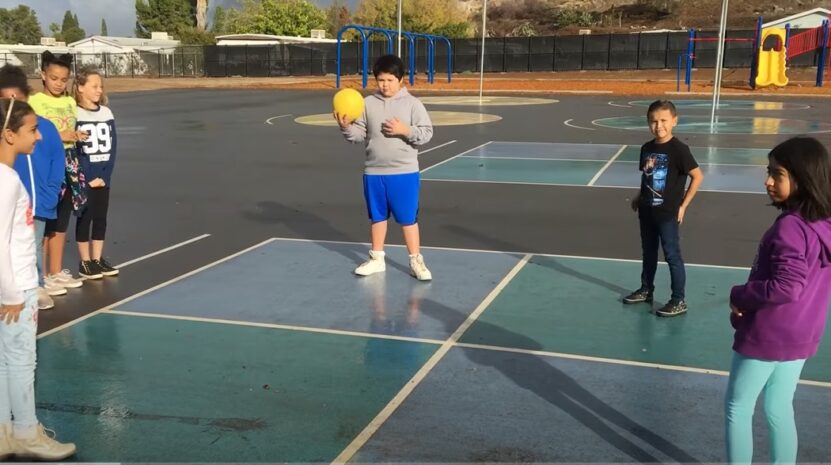
Count ‘N Catch: There are numerous ball games for school age children that combine moving and learning. One example is Count ‘N Catch, which encourages your child to practice their math skills. Sit or stand about six feet away from your child with the ball in your hands. Pick a number pattern (for example, adding 2 or 3 each time) and call out a number as you toss the ball to your child. Then it’s their turn to say the next number in the pattern!
For example, when skip counting by 2’s, you say “two” and pass the ball to your child, who will then say “four” and pass the ball back to you. Next, you you say “six,” the next number in the pattern, and toss it back to them. Continue to play the counting game this way, challenging your child to count as high as he/she can. Variations on this game can be found here.
Drop Catch: This version of “catch” is an example of a game that works both your child’s gross motor skills and big muscles. It will also develop your child’s hand-eye coordination while being a lot of fun at the same time. Drop Catch can be played between just a parent and child or in a group of kids and is based on a penalty system. The players stand at a comfortable distance from each other and throw the ball back and forth between them.
If a player drops the ball, he/she has to pay a penalty. The penalty for the first drop is that they must go down on one knee and throw the ball back. If they catch the ball on the next throw, they can stand up again. If not, they must drop down on both knees. Every drop afterward will have a different penalty, while for each ball caught, a player can only subtract one penalty level. For a complete list of penalties and more on this exciting game, look here.
Four Square: Four Square is a four-player game played on a square court that has been divided into four small squares, numbered one through four. One player stands in each of the squares. You bounce the ball among the players, bouncing once in the other person’s square before that person catches it. For more detailed rules, look here.
SPUD: Start with a playground ball and an assigned number for each player. To begin, someone calls out a number, and the person with that number must retrieve the ball while everyone else scatters. Once they have retrieved the ball, they yell “Spud!”and everyone freezes. The player with the ball can then take two large steps towards anyone and attempt to tag them with the ball.
For pets
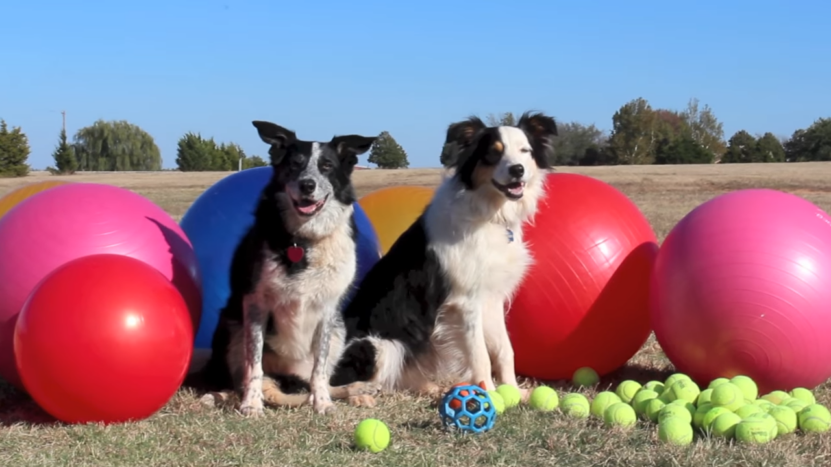
Fetch: A tired pet is a good pet, while an unexercised or bored pet will look for trouble. You can roll a ball to your cat or dog for them to chase to help them exercise. Or you can use a reward system to teach your dog to play fetch.
Soccer: Apart from chasing the ball around with your pet, you can also train your dog to play a version of soccer as shown in videos like this one. Use clicking sounds to bring your dog to you and give them a treat while at the same time drawing their attention toward a ball you’ve placed nearby. Your dog will then hopefully begin to play with the ball. After you’ve done this several times, you can yell out “Soccer!” or your dog’s name as you press your clicker. Eventually all you’ll need to do is yell out “Soccer” and your pet will start playing with the ball.
What we’ve introduced you to here is just a small drop in a sea of exciting activities you can participate in using a ball like the Fitness Factor Playground Ball. Start surfing the worldwide web for more ideas but keep in mind you can always make up your own games and rules for more of dynamic fun with you kiddies or older children or your furry friends.

